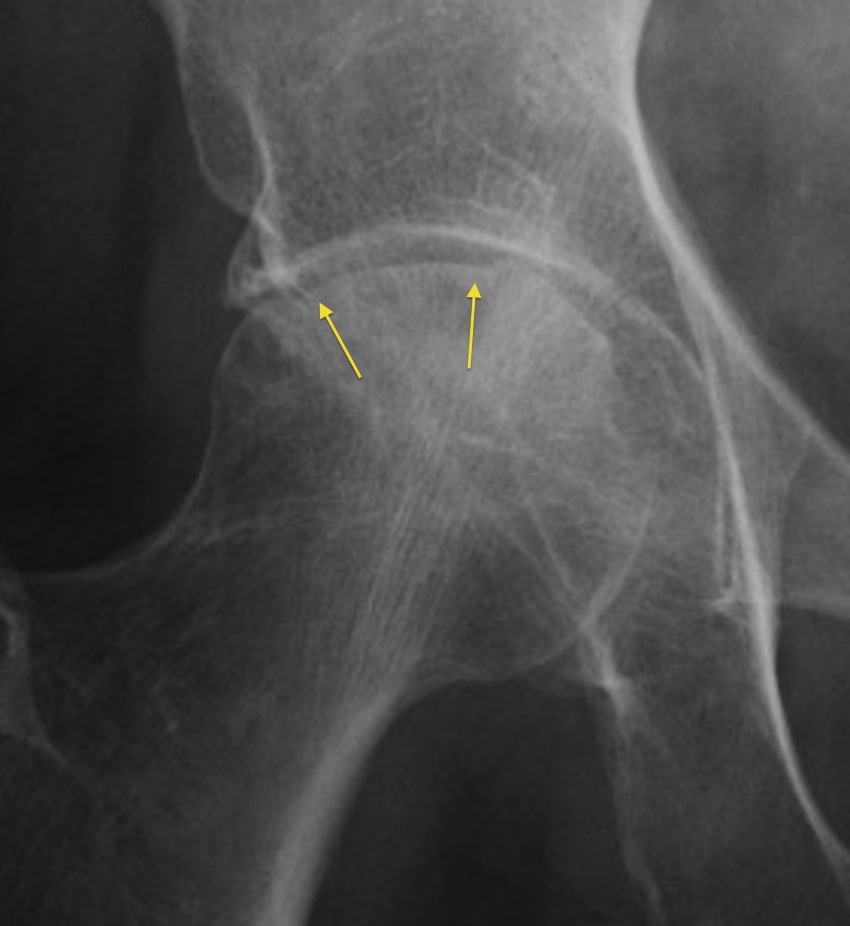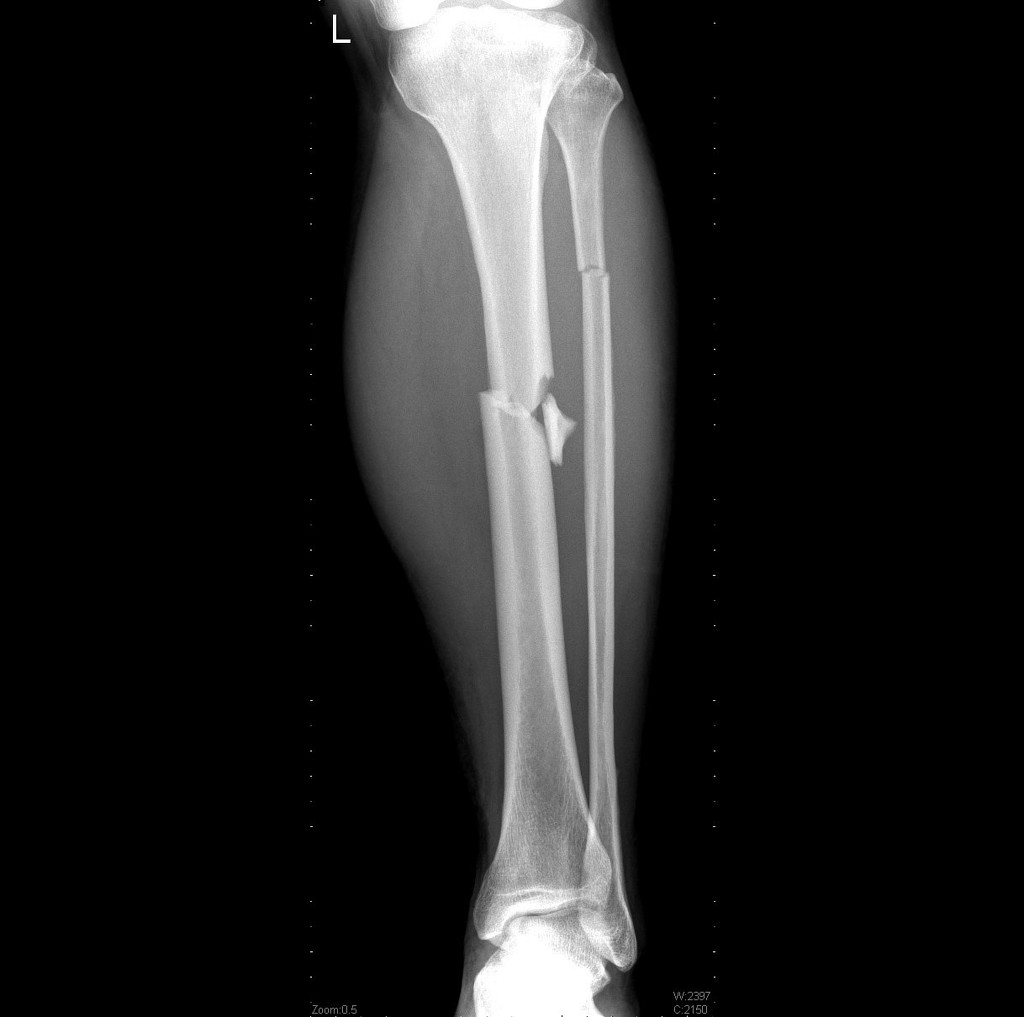LEAD ARTICLE – JANUARY 2019
SAME WORDS BUT VERY DIFFERENT CONNOTATIONS
I recently saw a middle-aged male patient who had fallen from a height of some 900mm (about 3’) from the bottom step of a dump truck at a coal mine. He had landed on both feet and did not tumble further. He felt a twinge of pain in his back and also felt a bit of pain in his right groin. He thought little of it.
Over the next few weeks, the back pain settled but the groin pain persisted and actually increased. He attended with his local medical officer and an x-ray was performed. The x-ray demonstrated long-standing, pre-existent avascular necrosis of the femoral head. That is a long, fancy way of saying that the ball on the upper end of his thigh bone had died (at least in part) and that the process (for whatever reason) had been present and progressive for many months, if not years. In addition, there was a small fracture identified within this avascular or dead zone within the femoral head.

Normal bone is a living organ and is quite resilient. It can absorb stresses, strains and excessive loads such as a jump from a height of 3’. By way of contrast however, dead bone lacks that resilience. It is unable to adequately withstand repetitive stresses and strains and over a period of time (weeks, months or even years), will tend to collapse and fracture. This is a so-called pathological fracture where the fracture occurs in abnormal (weaker) bone as a result of the application of perfectly normal stresses.
The Personal Injury Solicitor handling the case was fixed upon the word “fracture”. He knew that fractures could occur with skiing, falling from high buildings, being crushed beneath a concrete truck or other such massive insults. He assumed that all fractures were caused by excessive loads or trauma. He further assumed that this fracture that was apparent on the x-ray of the hip of a man who had fallen this distance of 3’ was due to the fall itself.

I accept, the word “fracture” is the same – but the connotations are very different. This pathological fracture had nothing to do with the industrial accident and was not compensable. It was not until the concept of a pathological fracture was carefully explained to both the solicitor and his plaintiff that the matter could be resolved. I can’t be sure how it all ended but I suspect that the defendant was never really notified.
